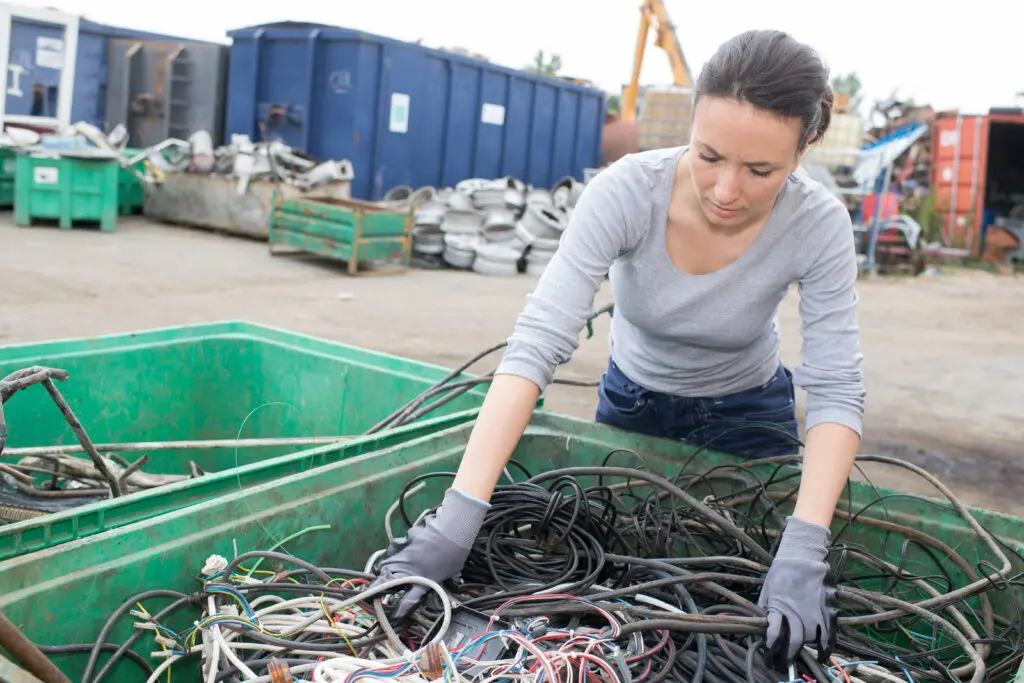Producers are still coping with challenging energy bills but supply chain problems have eased.
Not much has changed for metals markets in Europe during the past 12 months, coinciding with the beginning of the war in Ukraine. Although prices for non-ferrous metals are currently lower than a year ago, they are still at high levels overall. Problems with the international supply chains have eased but are still present in many areas of the economy while recruitment, particularly of drivers, is still a challenge.
Aluminium production in Europe is still throttled by the high energy costs. Fortunately, there were no power or gas blackouts during the winter and energy is still available, albeit at high prices. The problem is that production costs are sometimes significantly higher than possible revenues, certainly taking current energy prices as a basis.
Prices are noticeably lower than 12 months ago when prices were above US$ 3 000 on the London Metal Exchange. At the time of writing, high grade was listed at US$ 2 360. Alloy is quoted around US$ 2 145. LME warehouse stocks were 557 925 tonnes of high grade and 1 920 tonnes of alloy. Alloys in Europe fetch around US$ 3 710 for alloy 226, US$ 3 700 for 231 and US$ 3 800 for 233.
Scrap prices, based on LME listings, show extrusion scrap around US$ 2 300. Mixed cast scrap with iron attachments was around US$ 1 450. Mixed turnings sold for around US$ 1 000.
Copper is treading water ‘with only some sideways movements,’ said one trader. In the medium term, however, many analysts see an increasing demand and expect prices to continue to rise. The scrap business is reportedly rather tough with many traders holding back their materials in anticipation of rising prices.
The red metal has continued to hover around the US$ 9 000 mark in recent weeks with no clear trend in either direction. Most recently, three-month copper was quoted in London around US$ 8 850. Bright copper wire scrap recently sold for an average of US$ 8 650. Chopped wire scrap was US$ 8 771 in first grade and US$ 8 540 in second. Heavy scrap cost US$ 7 927 and brass US$ 5 060. Prices for Ms63 scrap averaged US$ 6 462.
Lead has hardly moved in the last few weeks with demand becalmed for both new and scrap metal. Processors have only ordered for current needs with long-term contracts rather rare.
Nickel supply in 2022 had surged to an all-time high which Macquarie analysts attribute to the production of nickel pig iron. Almost all of this low-grade nickel goes into the stainless steel industry. Global supply of processed nickel increased by nearly 17% year-on-year in 2022, putting the nickel market in significant oversupply. In 2021 there was still a deficit.
Zinc trading was somewhat livelier with deliveries up to the middle of the year in demand. One reason could be the moderate prices.
Read the full market report in our upcoming issue >>
Don't hesitate to contact us to share your input and ideas. Subscribe to the magazine or (free) newsletter.



